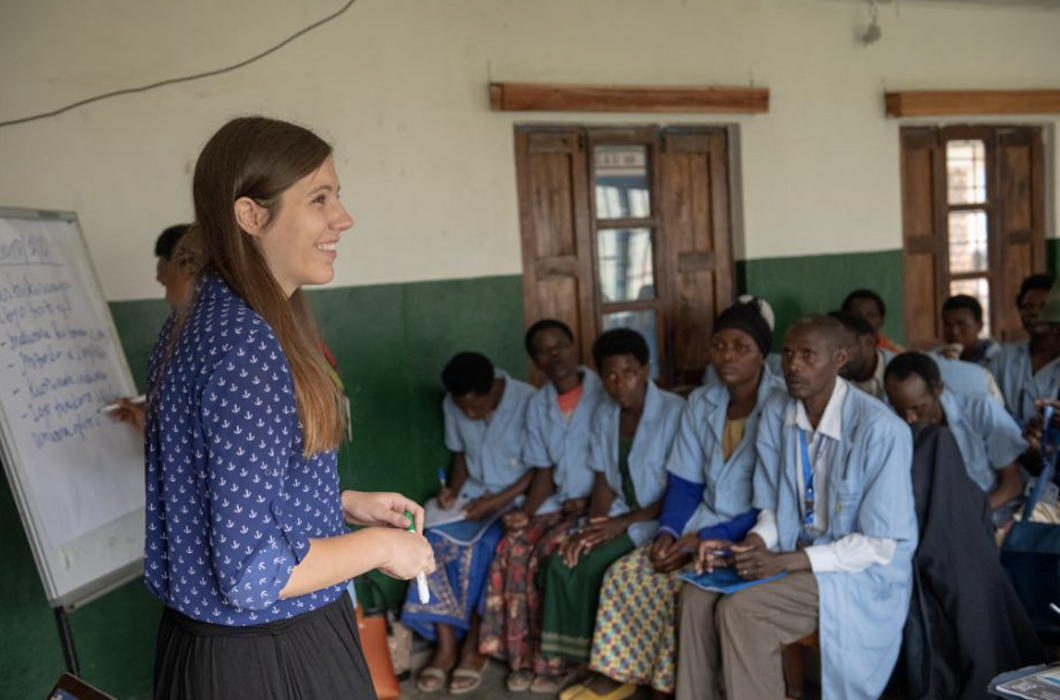Social Stratification in Media
Society is categorized into groups of people based on socioeconomic factors.
Social stratification is how society is categorized into groups of people depending on socioeconomic factors such as income, social status, and race. Oftentimes, this stratification is revealed through privileges granted to those who are of higher socioeconomic status and negative preconceived notions against those of lower socioeconomic status. This is seen in the film documentary Generation Wealth (2018), when Lauren interviews her own parents. Her father says that he paid for Lauren to go to a higher-class high school, and because of this, she tried to fit into the richer lifestyle. Because her family lived in a poorer neighborhood, her friends' parents would not allow her friends to go to her house, as they saw it as dangerous. Lauren would be embarrassed of her father's less luxurious car and would make sure her friends avoid seeing it. This demonstrates how because her family is of lower economic status than her friends' families, there is a prejudice that the families and society place on them, clearly showing how they are in differing stratified groups. Lauren's friends' families fail to realize or empathize with those who are living in less fortunate neighborhoods, as if they were in their own world with their own group of higher class people. This points to the notion of how groups are stratified and segregated according to their socioeconomic backgrounds, which often designate their opportunity.
Segregation of socioeconomic groups starts as early as in schools through tracking. In Hallinan's Tracking: From Theory to Practice (1994), tracking is said to be defined as assigning students into different learning groups based on cognitive ability and is aimed to maximize learning effectiveness and efficiency. The reading notes that tracking unintentionally segregates students; because academic achievement is correlated to a student's race and socioeconomic status, minority and lower-income students are found to be disproportionately assigned to lower tracks. Another unintended consequence from tracking is that it affects a student's social status. The social hierarchy places students in lower tracks into a lower tier in the ladder, and thus, they are treated with less respect. Less respect lessens their self-esteem and motivation to advance academically. Again, this affects their level of opportunity, strengthening social stratification, and generally entraps minorities into lower-paying jobs, continuing the cycle and making social mobility nearly impossible.
Ehrenreich's Nickled and Dimed (2001) gives the reader a better perspective on what it is like to be someone in the lower economic class, struggling to make ends meet. In the reading, the author serves in Hearthside for $2.43 an hour, an extremely low-paying job, while surveying her coworkers. She finds that the workers are treated poorly and are not respected by the higher staff. She also notes that the workers' housing arrangements are very poor as well, with some staying in inns and hotels and some with abusive or dangerous housemates. She also mentions that although her middle-class lifestyle is appalled by their living arrangements, they have no choice but to live with these arrangements every day. Social stratification is shown in how the manager treats the workers, without respect or concern for their working conditions. Because the workers are working below minimum wage, they are not granted the same privileges and respect that those in a higher economic class would possess. It also is demonstrated in their living arrangements. One worker works in a trailer, while another lives in a van. Another worker lives in an inn. None of the workers can afford living in a suburban neighborhood or an apartment complex. They are separated from the rest of society into their own group.
These three pieces of media show social stratification at work. Social stratification creates preconceived notions surrounding those of lower socioeconomic class, as seen in Generation Wealth. The segregation of minority and socioeconomic groups caused by tracking in schools also exemplifies social stratification. Nickled and Dimed shows the continuous effects of social stratification and the difficulties of escaping a designated socioeconomic class.




 media.giphy.com
media.giphy.com














































































































 Wall Drug 80 Ft. Dinosaur, Wall, SD
Wall Drug 80 Ft. Dinosaur, Wall, SD Antelope Island State Park, view of the Great Salt Lake from Antelope Island
Antelope Island State Park, view of the Great Salt Lake from Antelope Island Bison in Antelope State Park, UT
Bison in Antelope State Park, UT Rocks and crystals being sold in a town near Zion, UT
Rocks and crystals being sold in a town near Zion, UT Taken on the Lower Emerald Pools Falls trail in Zion Nationa Park, UT
Taken on the Lower Emerald Pools Falls trail in Zion Nationa Park, UT Weeping Rock Trail while mist covers everyone
Weeping Rock Trail while mist covers everyone Horseshoe Bend, Page, AZ
Horseshoe Bend, Page, AZ Horseshoe Bend, Page, AZ
Horseshoe Bend, Page, AZ The Grand Canyon, Grand Canyon Village, AZ
The Grand Canyon, Grand Canyon Village, AZ CityScape, Pheonix, AZ
CityScape, Pheonix, AZ Joshua Tree National Park, CA
Joshua Tree National Park, CA Skull Rock, Joshua Tree National Park, CA
Skull Rock, Joshua Tree National Park, CA Santa Monica Beach, CA
Santa Monica Beach, CA Isla Vista, CA
Isla Vista, CA Arches National Park, UT
Arches National Park, UT

























